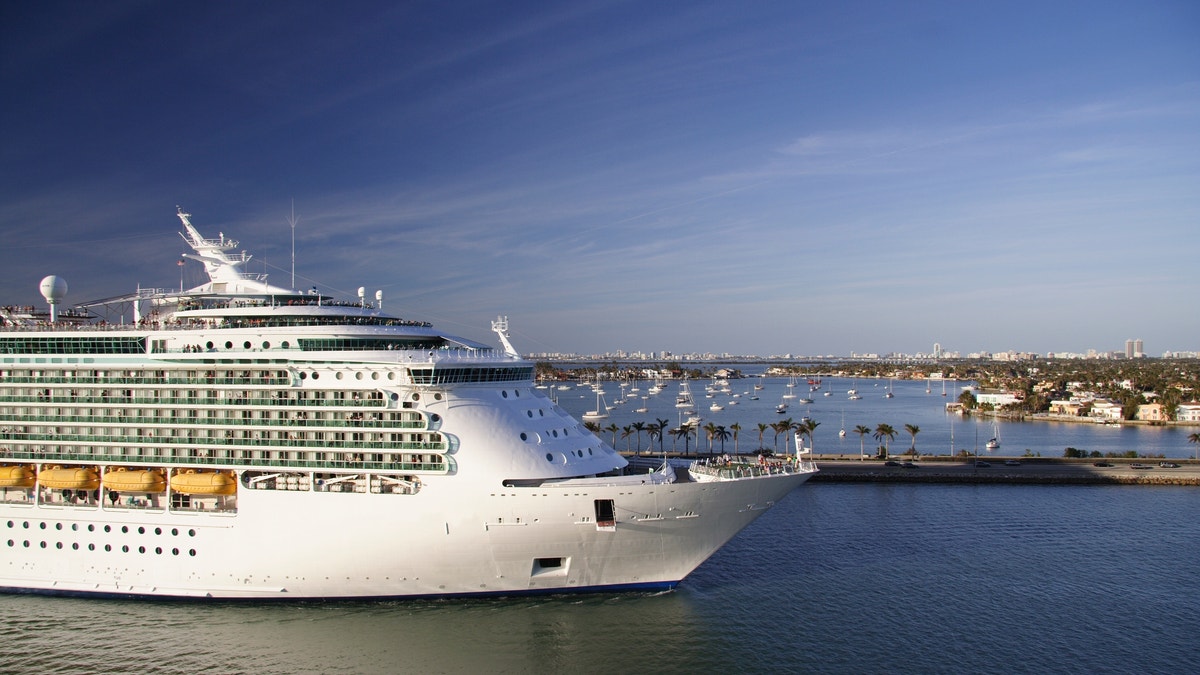
While travel restrictions remain -- relegating travelers from the U.S. to person-to-person exchanges or on family or humanitarian trips-- many Americans have long wanted to see Cuba. (iStock)
Last week when President Obama announced moves to normalize relations with Cuba, the cruise industry sat up and took notice.
[pullquote]
Many American cruise lines are based in Miami, home to America’s largest Cuban population, and most of them sail out of Florida to the Caribbean more than anywhere else, passing Cuba, which is just 90 miles off the U.S. coastline.
While travel restrictions remain -- relegating travelers from the U.S. to person-to-person exchanges or on family or humanitarian trips-- many Americans have long wanted to see Cuba--often described as a place that is frozen in time, stuck at the moment the United States issued a trade embargo.
Travelers want to see the crumbling architecture, ancient cars and authentic street life before changes come, like more hotels and the appearance of American chains like Starbucks and McDonald’s.
At least 2 million additional Americans would visit Cuba by 2017 if the ban were lifted in 2015, according to estimations by the American Society of Travel Agents. ASTA also predicts that approximately 521,400 of these travelers, roughly 25 percent, would travel by cruise ship on vacation.
Of course, the embargo will need to be officially lifted, which takes an act of congress. Even then, wide spread tourism will need to wait until more infrastructure is in place. Construction on new hotels, for example, could take years, which means that Miami-based cruise ships are poised to be among the first to take advantage of changes in travel policies when and if they take place.
Still, it’s early to project whether or not this will happen and, if so, how quickly.
After the Obama’s announcement, the Cruise Line Industry Association released the following statement: “There are a number of factors for consideration before a cruise line would commit to adding a destination to an itinerary. With Cuba, these include infrastructure and port facilities, and regulatory and policy considerations.”
And while the lines themselves are hesitant to comment so early in the discussions, the sentiment that changes to itineraries would come slowly has been echoing around the industry.
Analysts agree that the Cuba has the potential to be the biggest opportunity for the cruise industry if travel restrictions are lifted.
“Some infrastructure for cruising already exists in the country, along with several ports, so it offers great potential, but there are other issues that will need to be taken into consideration if this market opens up,” Roger Frizzell, senior vice president and chief communications officer for Carnival Corporation said in a statement.
Edie Rodriguez, president and COO of luxury line Crystal Cruises, says that Crystal, like many cruise lines, has a contingency plan for if the laws are changed.
“We want to take prudent measures, so even if things change tomorrow, if we could swap Nassau for Havana on an itinerary, we would want to consider safety first, regulations first,” she said, explaining that anchoring and tendering would be the fastest option for adding Cuba to routes but perhaps not the best decision, since infrastructure takes time to put in place.
Still, she is cautiously optimistic that passengers could eventually have access to Cuba’s beaches, culture, history and nightlife.
“Our guests have gone everywhere and done everything,” adds Rodriguez, “so they want to experience new destinations as they open up.”
